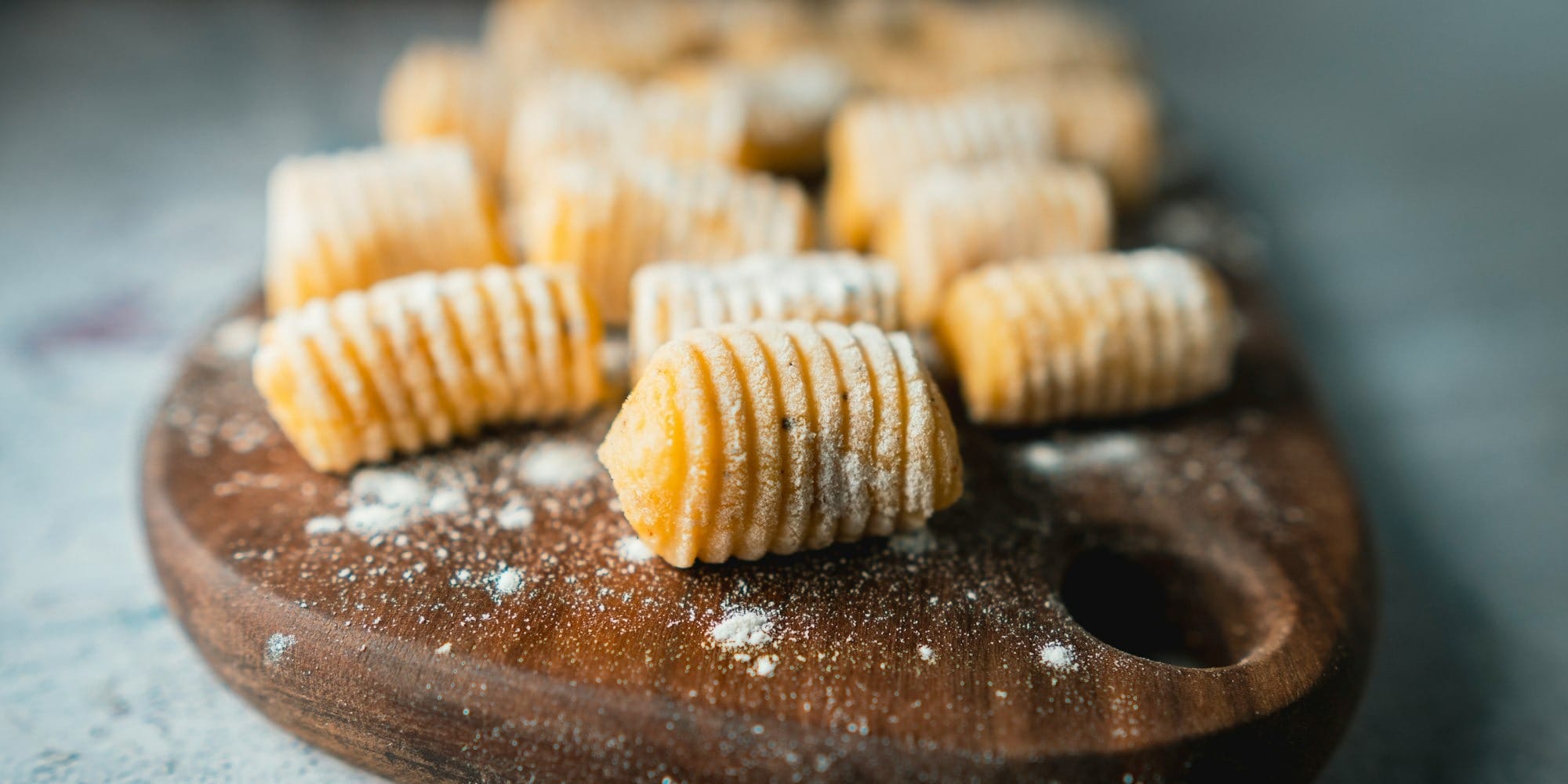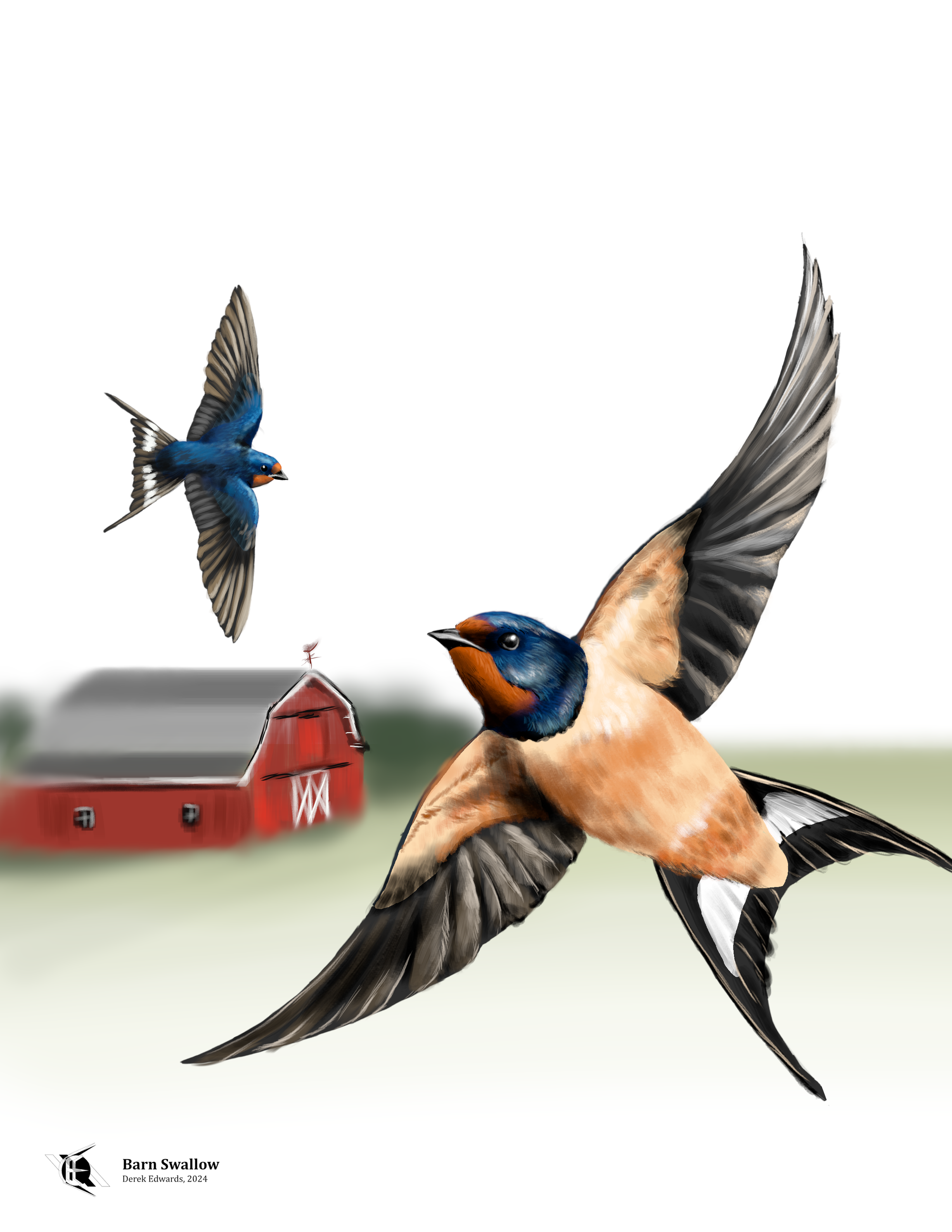
Running Commentary 9/23/2024
Hello,
It's officially Autumn! Once again, we are in the best season. It's cooling off, and birds are migrating down from Canada. I managed to spot a Nashville warbler the other day; I'll be keeping an eye out for anything else this season.
Anyway...
Eating...

Over the past week I tried gnocchi for the first time. Something I'm surprised I haven't brought up before is that I don't like potatoes very much. I like potato chips, and French fries if they're very good, but otherwise I don't like them; baked potatoes and mashed potatoes especially I avoid eating. I am, to say the least, an outlier in this respect. Anyway, gnocchi is made from potatoes but it's a dough (like potato bread, which I like fine) and it's Italian, which I pretty much always like in food. Also I had, by mistake, two open boxes of chicken broth to do something with, so when the latest issue of Cook's Country magazine featured a recipe for gnocchi that included a mere cup of chicken broth, I decided it was time to try gnocchi.
I liked it. It hasn't got the mealy pastiness I hate in potatoes; it has the more evenly-blended pastiness I like in fresh pasta. But I will say that it's more expensive than dry pasta and less good than frozen tortellini, either of which I'd use to make this dish if I did it again.
Here's my adaptation of the recipe; as usual, I changed a few things to fit available kinds and amounts of ingredients:
Ingredients
- 1 cup chicken broth
- 1 cup parmesan cheese, grated
- 1/2 cup heavy cream
- 3/4 tsp lemon pepper
- 4 ounces thick-cut bacon, chopped small
- 4 TBSP butter
- the florets of 1 crown of broccoli, cut to small pieces
- 24 ounces gnocchi
- 4 cloves garlic, minced
Procedure
- Whisk together broth, cheese, cream, and lemon pepper in a bowl and set aside.
- Cook bacon in a 12-inch cast iron skillet until mostly cooked. Add butter and broccoli and cook until the broccoli is completely wilted.
- If the gnocchi is frozen, put in boiling water for 4 minutes before adding to the skillet.
- Cook gnocchi in skillet until it starts to brown (about 3 minutes).
- Stir in garlic and cook for 1 minute.
- Add broth-cream mixture and bring the skillet to a simmer. Cook, stirring gently, until the sauce thickens.
- Serve.

Bird of the Week
I've drawn and written about a lot of different birds, sometimes of very rare or obscure birds, sometimes of birds that are familiar to me but not to others, sometimes to birds that are unfamiliar to me but familiar to others. This week I'm featuring a bird that's familiar to nearly everybody: the Barn Swallow.
As their name suggests, barn swallows are generally found near man-made structures. While they probably originally nested in caverns, today they build nests from mud under ledges and eaves on buildings, including but not exclusively barns. They catch insects on-the-wing in open areas, hence the name "barn"; they are not as common in wooded or dense urban areas, but if there's a building near a field or a pond, barn swallows will gladly nest there. While their nests can be a bit messy, they aren't generally damaging to structures and their habits of eating small insects, especially mosquitos, have generally endeared them to people.1
Barn swallows are very much the typical swallow in most people's minds; the adjective "swallow-tailed", denoting long trailing points and applied to everything from other birds to butterflies to cars to the dress coats of Regency-era gentlemen, refers specifically to the deeply-notched tail of the barn swallow, something it does not share with many other swallows.
Barn swallows are found in North America, most of Eurasia, and North Africa in the summer, going for the winter to Central and South America, sub-Saharan Africa, and South and Southeast Asia for the winter. Some winter along the northern shores of Australia, but otherwise Australia is the one inhabited continent not to host barn swallows through most of its landmass at some time or another; the similar-looking welcome swallow lives there instead. The disappearance of swallows during the winter was something that famously puzzled Aristotle, who eventually declared (incorrectly, but with lasting influence) that they buried themselves in mud and hibernated through the winter.2
In North America, swallows hold a special role in birding history. During the turn of the 20th Century there was a man named George Grinnell, who was an early conservationist. While he's most remembered for his advocacy on behalf of the American bison, Grinnell also loved birds. You might say that "Bird" was his middle name. Actually, you'd have to say that, since "Bird" was his middle name: George Bird Grinnell. As the editor of Forest and Stream, a sportsman's magazine that has since merged with Field and Stream, Grinnell issued a famous plea to cease the practice of killing birds for their use as ladies' hat ornaments.3 His editorial largely focuses on egrets and their plumes – swallows get a passing mention – Cornell and several other sources state that it was actually the slaughter of barn swallows that outraged Grinnell against milliners.4 (I wish I had more time to track this claim down to some source in Grinnell's archived correspondence.) In any case, a few months later Grinnell published another editorial announcing his founding of the Audubon Society.5 As a boy, Grinnell had grown up on land once owned by J. J. Audubon, and had been tutored by Lucy Audubon, the famed bird painter's widow and a retired schoolteacher.6 Audubon had long been a hero of his, and he and Lucy are both still honored in the name of what remains the preeminent bird conservation group in the U.S.
It's unclear, from my research, what relationship, if any, exists between "swallow" as in the bird and "swallow" as in the ingestion of food; certainly, it makes sense that wide-mouthed, gnat-gulping swallows might be named for their swallowing, but that's probably just working back from the present. Looking at root words, the verb "swallow" comes from the same root as "swale", an old word for a marshy hollow such as where swallows might be found flying over.7 The term just seems too old and poorly-documented to get a definitive answer, at least from my layman's perspective. To science, barn swallows are Hirundo rustica, Latin roughly translating to "swallow of the countryside", and more literally to "simple swallow".8
- McCann, Mary. “Barn Swallow, Natural Pest Control,” September 16, 2024. BirdNote. https://www.birdnote.org/podcasts/birdnote-daily/barn-swallow-natural-pest-control.
- Papachristou, Christina. “Aristotle’s Explanations of Bird Migration.” ResearchGate, September 1, 2019. https://www.researchgate.net/publication/338582322_Aristotle's_Explanations_of_Bird_Migration.
- Grinnell, G. B. (1886). "Bird Destruction." Forest and Stream, 25(25), 482.
- “Barn Swallow Overview." All About Birds, Cornell Lab of Ornithology n.d. https://www.allaboutbirds.org/guide/Barn_Swallow/overview.
- Grinnell, G. B. (1886). "Bird Destruction." Forest and Stream, 26(8), 41.
- Burns, Ken. “George Bird Grinnell and Early Conservation Efforts.” The American Buffalo. October 11, 2023. https://www.pbs.org/video/george-bird-grinnell-and-early-conservation-efforts/.
- English Language & Usage Stack Exchange. “Is The Verb ‘Swallow’ Related to the Noun?,” n.d. https://english.stackexchange.com/questions/278574/is-the-verb-swallow-related-to-the-noun.
- Jobling, J. A. (editor). The Key to Scientific Names in Birds of the World (S. M. Billerman et al. editors), Cornell Laboratory of Ornithology, Ithaca.
Curation Links
Tuxedo Junction | Mary Roach and Elliot Erwitt, Discover Magazine
A visit to the land of the Magellanic penguin. Breeding in the desert of southern South America before returning to the sea, Magellanic penguins are not the most well-studied of birds. What investigations have occurred have shown that they are increadibly wide-ranging when they traverse the ocean, a finding that indicates a great difficulty in protecting these penguins, and probably other penguins.
A Forgotten Turner Classic | Joshua Prager, The American Scholar
Profile of George Eyser, a man who took gold in gymnastics in the 1904 St. Louis games despite having only one leg. Often held up to show the farcical standards of early modern Olympics, Eyser was, in fact, a genuine gymnastic talent whose ability to perform using a prosthetic is not ridicule-worthy but awe-inspiring.
Video Throughput: Armageddon | Michael Siegel, Ordinary Times
[VIDEO] An astronomer gives his thoughts on ‘90s asteroid action movie Armageddon. Michael Bay’s first foray into sci-fi is not known for it’s hard adherence to true-to-life accuracy, but what exactly does it get wrong? And what does it actually get right? (1 hour)
The Blaumilch | Lavie Tidhar, Clarkesworld
[FICTION] “Outside Yaniv Town, beyond the dome, on the dirt track that led on to Enid, there was a small camp of Martian Re-Born. A clump of beat-up caravans, a couple of old oxygen generators, a spliced water main pirated off of the main line. A small chapel for the Emperor of Time sat forlorn in what was once a metal drum, the size of a small house, salvaged from an abandoned biofuel facility near Port Jessup. Inside it was a much patched-together Kawamata Chiaki deck that offered the Re-Born access to the Mars-That-Never-Was.”
See the full archive of curations on Notion



Member Commentary